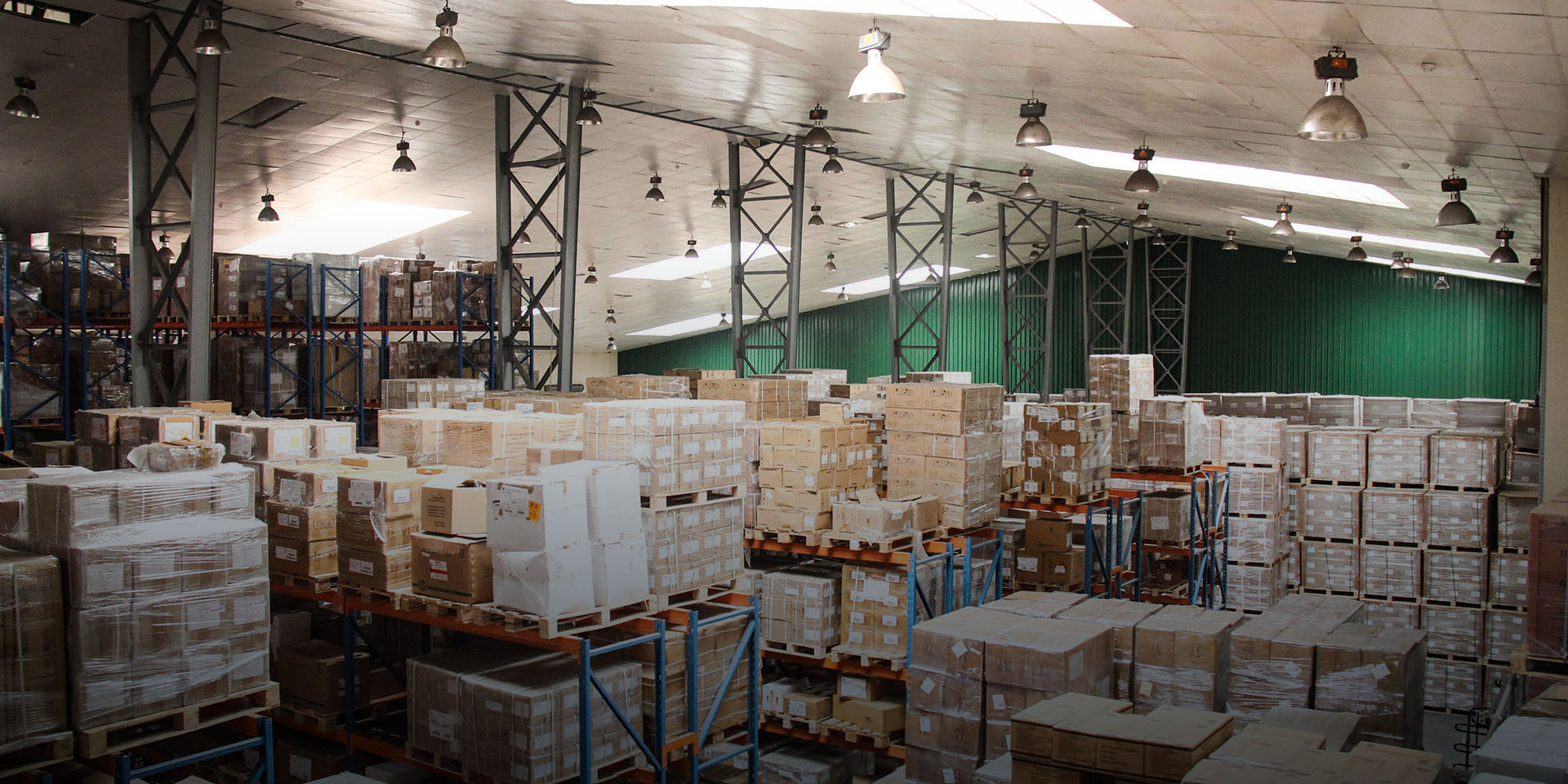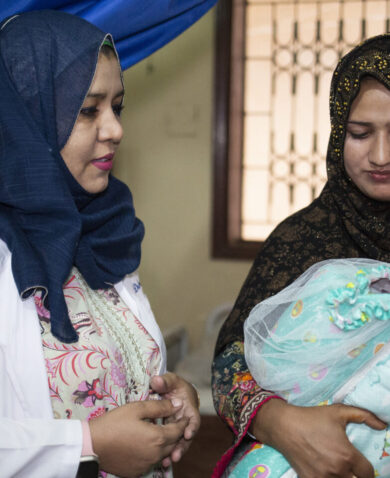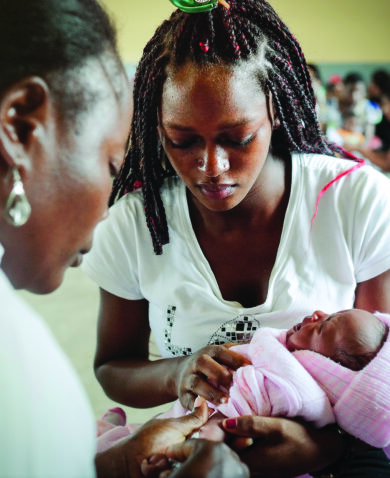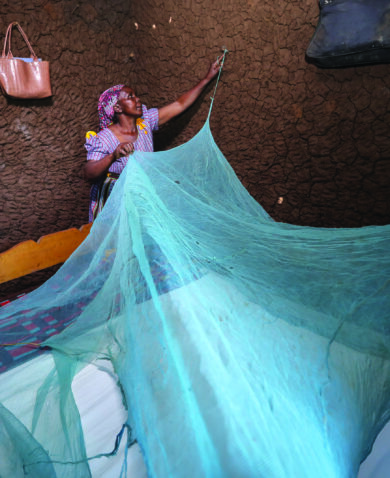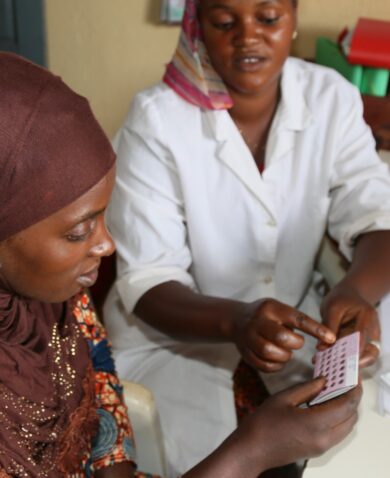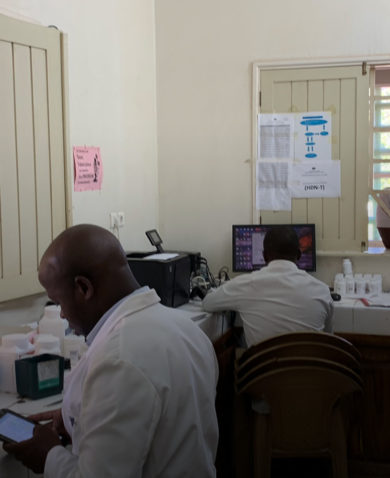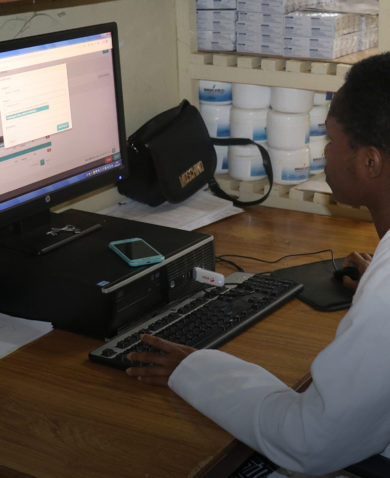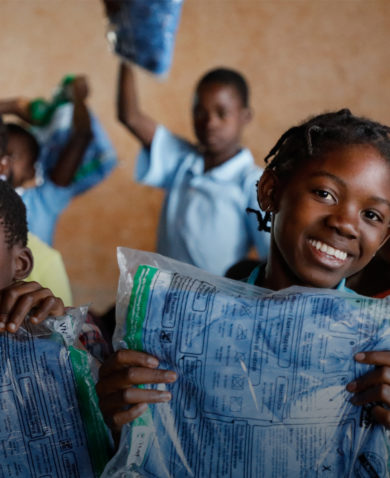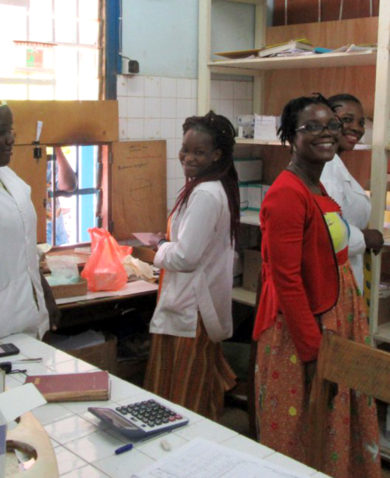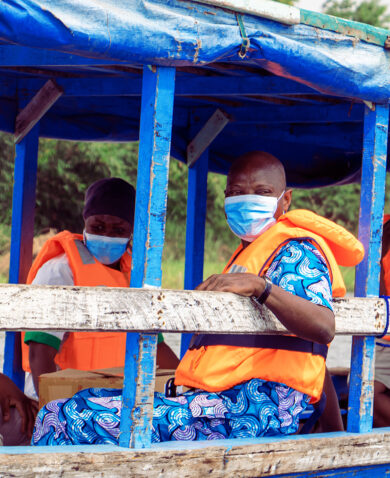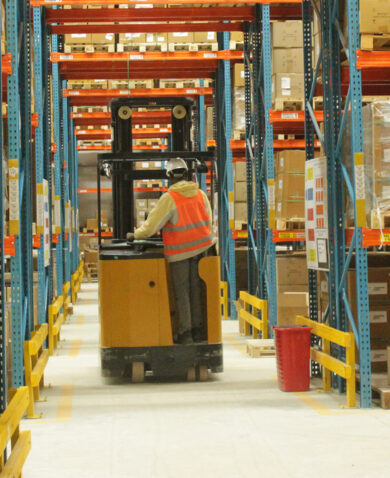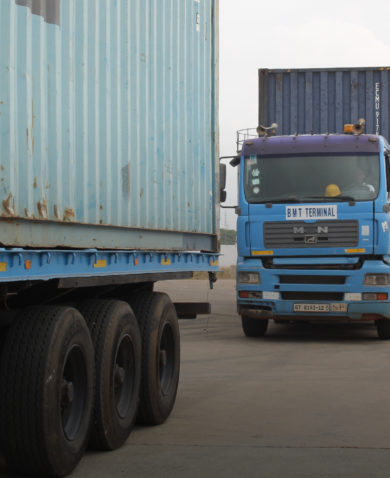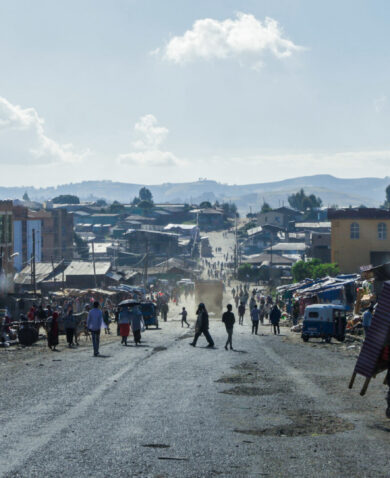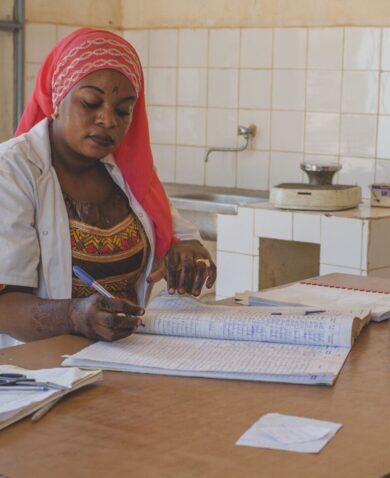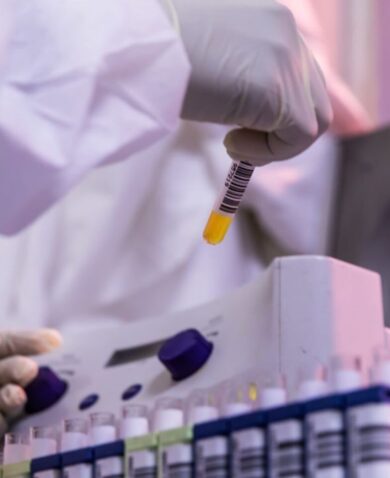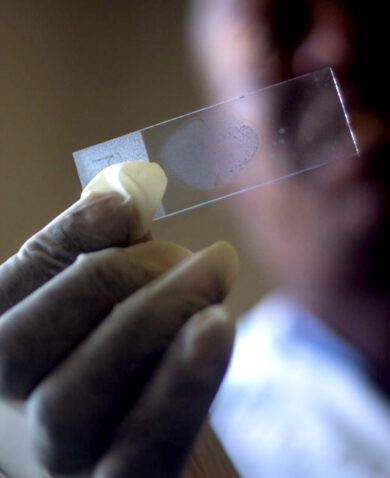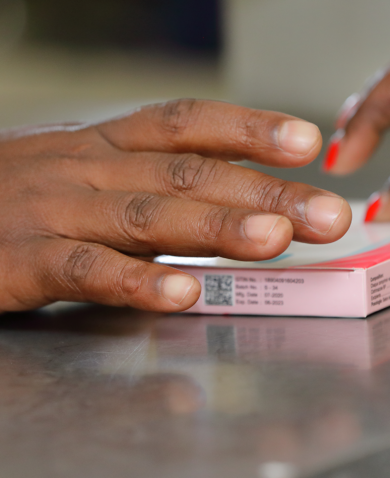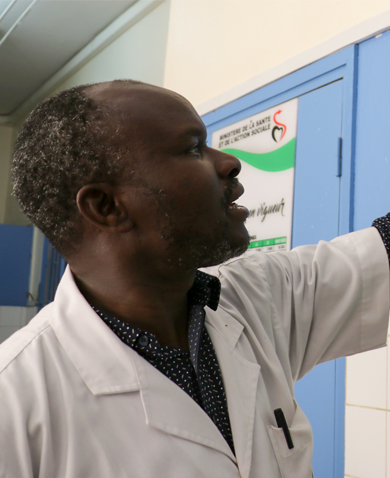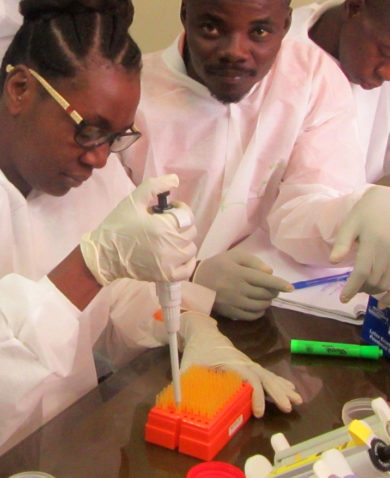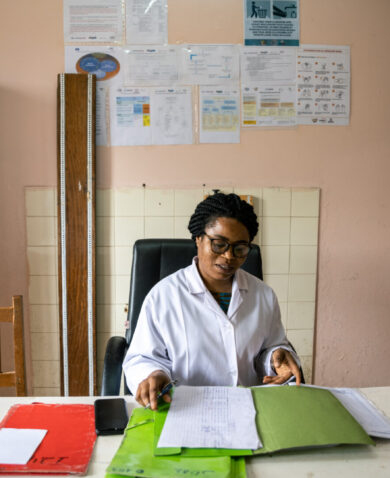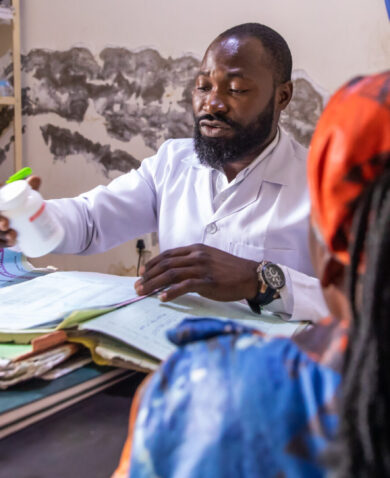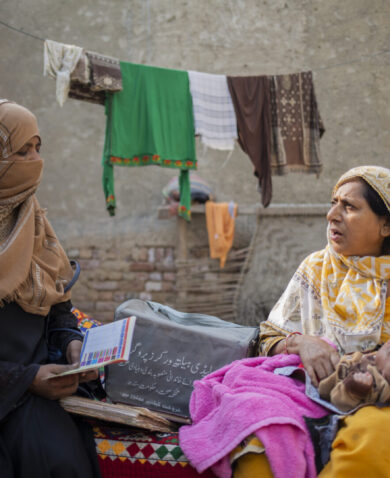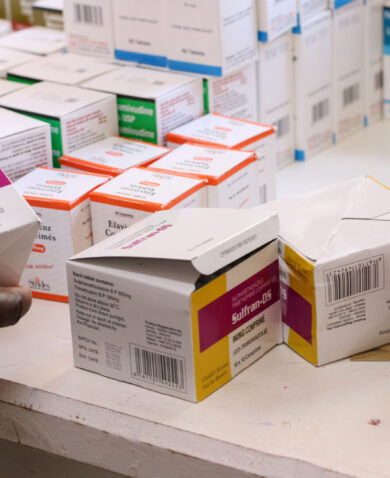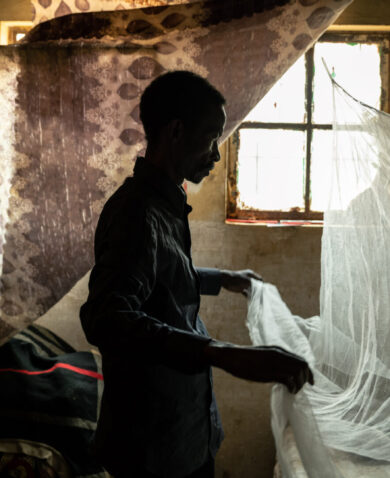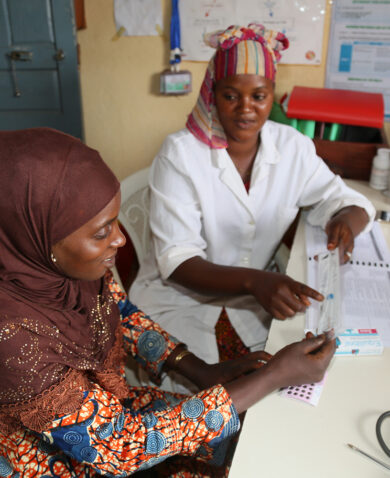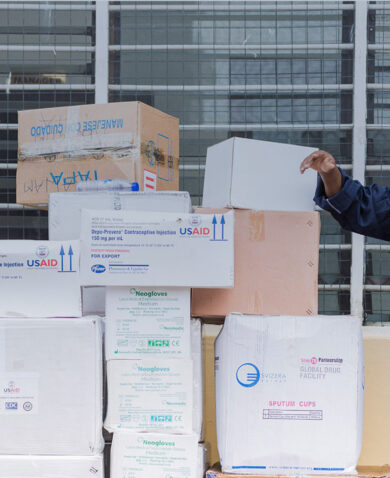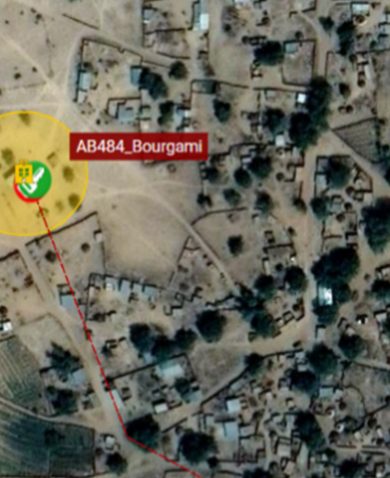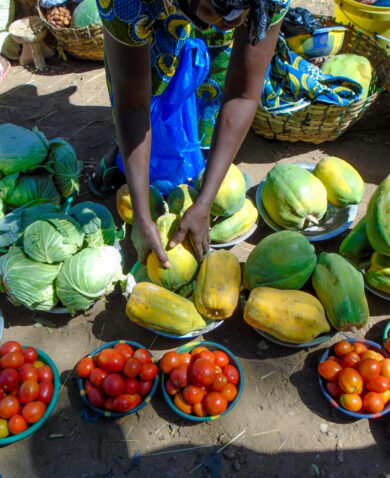Using A Smart Solution
Despite these challenges, the age of “the internet of things” (IoT) has led us to a smart solution. The IoT is the evolution of mobile, home, and embedded devices that are connected to the internet, integrating computing capabilities and using data analytics to extract valuable information. Thanks to this data interconnectedness, smart technology in the form of temperature and humidity monitoring sensors can now be installed along the supply chain to provide greater visibility into the conditions experienced by health commodities. These easy-to-use wireless sensors, combined with intuitive mobile and web applications, produce an enormous amount of climate data and insight into temperature and humidity excursions for cold chain and ambient products.
This data can then be aggregated, analyzed, and displayed through interactive dashboards. Most importantly, supply chain managers can use this data to inform mitigation strategies and best practices for storage and transport of medicines, ensuring they remain safe and effective for patients.
Piloting the Technology in Mozambique
Since October 2017, the GHSC-PSM project, implemented by a Chemonics-led consortium, has been researching and testing these temperature and humidity monitoring sensors in Mozambique. The first step included an extensive search of the sensors and various technologies on the market to ensure their applicability in other low-resource environments beyond Mozambique, and in other sectors beyond health. This technology changes rapidly, and there are constantly new entrants into the market. The project’s review not only sought to ensure that the selected option met the requirements for the type of monitoring needed, but would also work in the environments in which they would be deployed. We then tested samples of sensors which met these criteria.
Next, we took time to analyze the commodity environment to determine the variations in temperature and humidity they experience throughout the supply chain, from manufacturer to patient.
Temperature and humidity sensors were installed in 12 central, provincial, and district warehouses, as well as 12 clinics, three hospitals, four vehicles four trucks, and three boxes carried by community health workers throughout Mozambique. In most locations, sensors were placed on both the outside and inside of the building or truck to determine how the external temperature impacts the internal temperature over time. This helps us not only learn if the temperature exceeds acceptable levels but also better understand external/internal temperature correlations to apply predictive analytics and make recommendations for improvements as needed.
As a next step, we are assessing the data and will provide recommendations for reducing or eliminating temperature excursions in Mozambique, with the aim of extending this learning to other countries and sectors. We expect that solutions will be practical and low-cost, and will range from improvements to warehousing, transportation, and packaging.
The continuous monitoring and measurement of climate data for health commodities is not only crucial but now achievable in understanding the frequency, duration, and range of climate excursions. While we’ve long been challenged by the lack of continuous temperature and humidity data for commodities along supply chains, innovative temperature and humidity sensors now offer a practical solution. With this wealth of continuous data, we can mitigate temperature excursions and ensure we provide the most effective, high-quality health commodities to those we serve around the world.
Blog posts on the Chemonics blog represent the views of the authors and do not necessarily represent the views of Chemonics.

